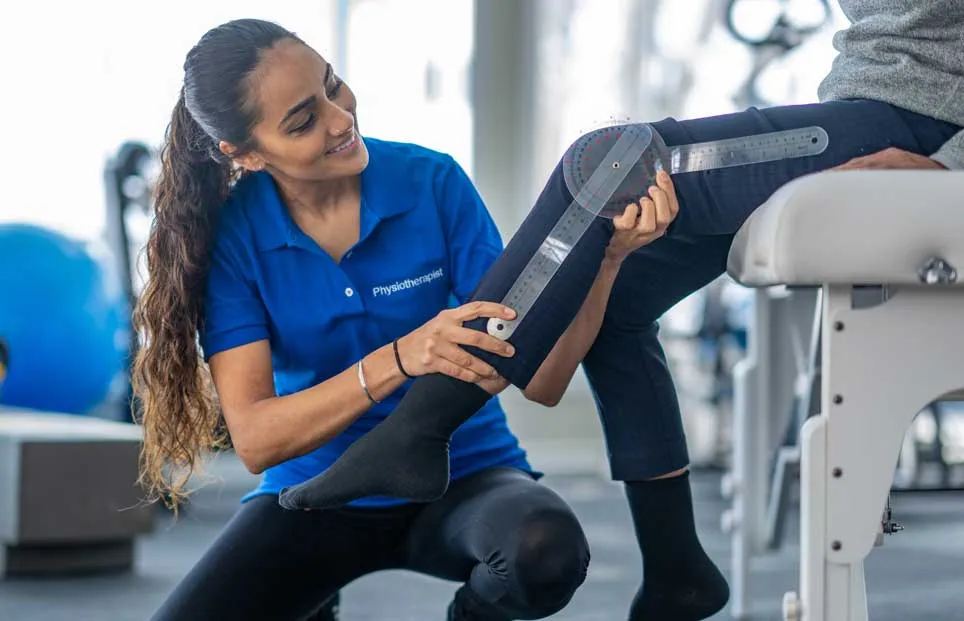Improving Rehabilitation Through the Implementation of Customized Movement-Based Programs in Clinical Programs
Wiki Article
Rehabilitation is an essential process for patients who have experienced injuries, or other health challenges. Recovery programs play a vital role in assisting these individuals to regain their resilience, improve movement, and return to their routine tasks. Tailored exercise prescription is a critical component of successful recovery. This means that exercises are specifically structured to meet the unique needs of each person. By focusing on targeted exercise programs, rehabilitation programs can accelerate recovery and support better wellness results.
One of the initial steps in developing a tailored fitness plan is assessing the patient’s condition. Medical professionals perform evaluations to understand the particular limitations and capabilities of each individual. This might include physical tests, discussions about health background, and goals for recovery. For example, an sportsperson rehabilitating from a knee condition may have different needs than an senior person healing from joint surgery. By recognizing these variations, practitioners can design an exercise program that targets the specific aspects of each case.

Integrating multiple forms of exercises is crucial for effective recovery. Resistance training , flexibility routines, informative post and cardiovascular activities all serve important roles in rehabilitation. Strength exercise helps rebuild muscle strength and improve stamina, which is especially important after extended durations of inactivity. Mobility movements increase range of motion and reduce rigidity in joints. Aerobic workouts, like walking or cycling, boost general fitness and support heart health. A comprehensive fitness plan that incorporates all these elements can significantly assist in the recovery process.
Tracking advancement is another essential aspect go right here of rehabilitation initiatives with customized exercise prescriptions. As patients participate in their customized routines, healthcare practitioners track improvements and implement required modifications to the program. This ongoing assessment guarantees that the exercises remain effective and appropriate as the patient advances. Setting specific milestones can also encourage individuals during their recovery journey. Reaching incremental goals boosts self-assurance and promotes commitment in following through with the rehabilitation regimen.
In the end, enhancing recovery through tailored fitness planning requires collaboration between healthcare practitioners and individuals participating in rehabilitation. Open dialogue is essential to recognizing how each individual feels throughout their recovery process. By collaborating together, both sides can identify any obstacles and acknowledge successes along the way. Customized rehabilitation plans not only help individuals recover physically but also contribute to their emotional wellness by fostering a feeling of achievement and independence as they work towards their wellness objectives.